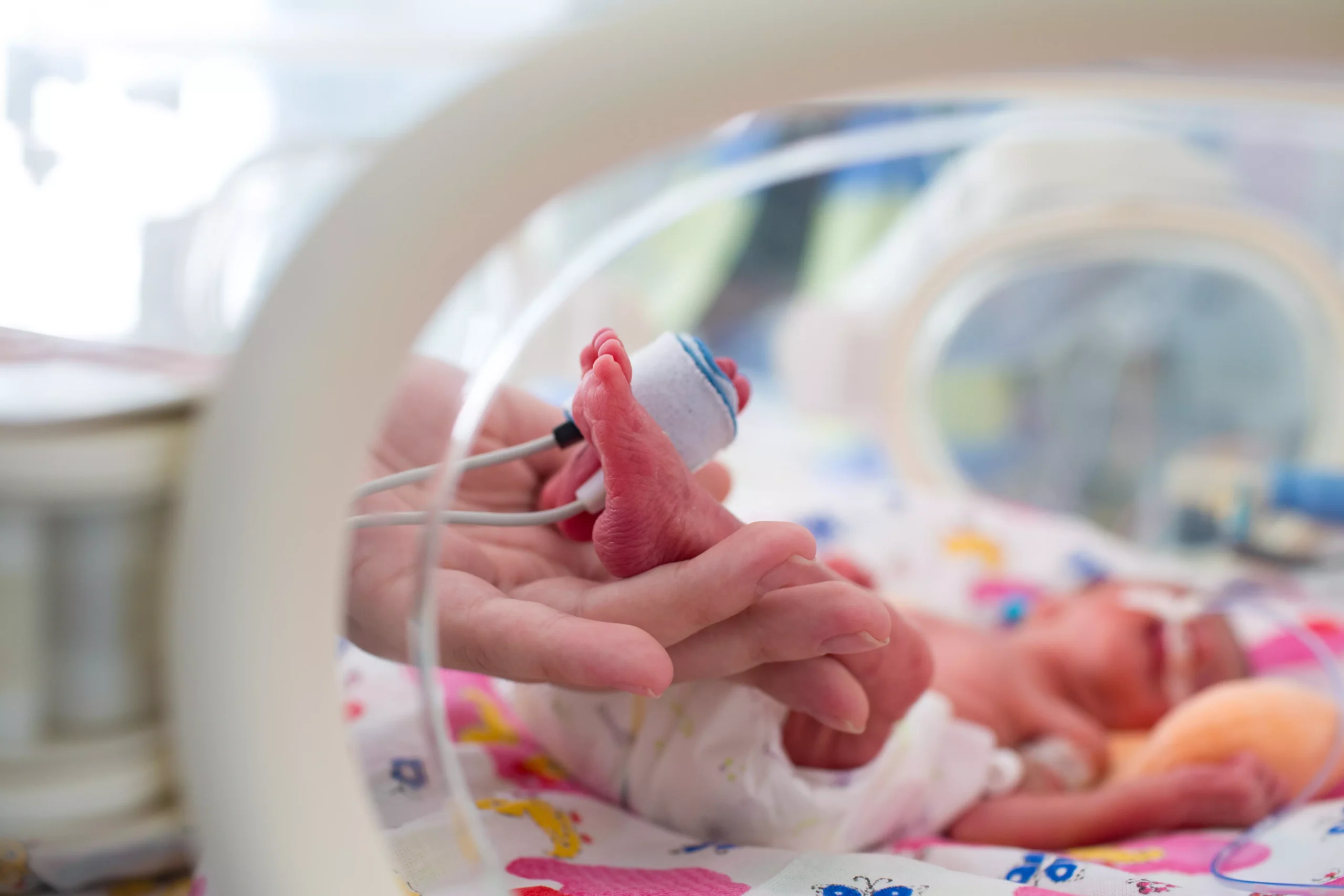Dosing and administration
PEYONA 20 mg/ml solution can be administered by IV infusion or by oral ingestion only.1
Administration of PEYONA by IV infusion should be controlled using a syringe infusion pump or other metered infusion device only. PEYONA can either be used without dilution or diluted in sterile solutions for infusion, such as glucose 50 mg/ml (5%), sodium chloride 9 mg/ml (0.9%) or calcium gluconate 100 mg/ml (10%) immediately after withdrawal from the ampoule.1
Treatment with PEYONA should be initiated under the supervision of a healthcare professional experienced in neonatal intensive care. Treatment should only be administered in a NICU with adequate facilities for patient surveillance and monitoring.1
Please refer to the summary of product characteristics for further details.

PEYONA concentration and supply
Did you know?
The pharmacokinetics of caffeine is largely independent of the route of administration. Caffeine is hydrophilic and distributed evenly in all body fluids without tissue accumulation. It is also highly lipid-soluble to cross all biological membranes, including the blood-brain barrier, leading to a similar caffeine concentration between the plasma and cerebrospinal fluid of infants.2
PEYONA dosing
The recommended PEYONA dosing regimen in previously untreated infants is a loading dose of 20 mg/kg body weight administered by slow IV infusion over 30 minutes, using a syringe infusion pump or other metered infusion device.1
After an interval of 24 hours, maintenance doses of 5 mg/kg body weight may be administered by slow IV infusion over 10 minutes every 24 hours. Alternatively, maintenance doses of 5 mg/kg body weight may be administered by oral administration, such as through a nasogastric tube, every 24 hours.1
*Beginning 24 hours after the loading dose
In preterm newborn infants with insufficient clinical response to the recommended loading dose, a second loading dose of maximum 10–20 mg/kg body weight may be given after 24 hours. Higher maintenance doses of 10 mg/kg body weight could be considered in case of insufficient response.1
Where clinically indicated, caffeine plasma levels should be monitored. The diagnosis of apnoea of prematurity may need to be reconsidered if patients do not respond adequately to a second loading dose or maintenance dose of 10 mg/kg body weight per day.1
Abbreviations
AOP, apnoea of prematurity; IV, intravenous; NICU, neonatal intensive care unit.
References
- PEYONA (caffeine citrate 20 mg/ml solution for infusion and oral solution) SmPC. Available at https://www.medicines.org.uk/emc/product/4098/smpc. Accessed September 2024.
- Long JY, et al. Caffeine for the Pharmacological Treatment of Apnea of Prematurity in the NICU: Dose Selection Conundrum, Therapeutic Drug Monitoring and Genetic Factors. Front Pharmacol. 2021;12:681842. doi: 10.3389/fphar.2021.681842.
IE-PEY-2400008 | December 2024
Adverse event reporting
For the UK: Adverse events should be reported. Reporting forms and information can be found at https://yellowcard.mhra.gov.uk/ or search for MHRA Yellow Card in the Google Play or Apple App Store. Adverse events should also be reported to Chiesi Limited on 0800 0092329 (UK) or PV.UK@Chiesi.com.
For Ireland: Adverse events should be reported to HPRA Pharmacovigilance – www.hpra.ie. Adverse events should also be reported to Chiesi Limited on 1800 817459 (IE) or PV.UK@Chiesi.com.